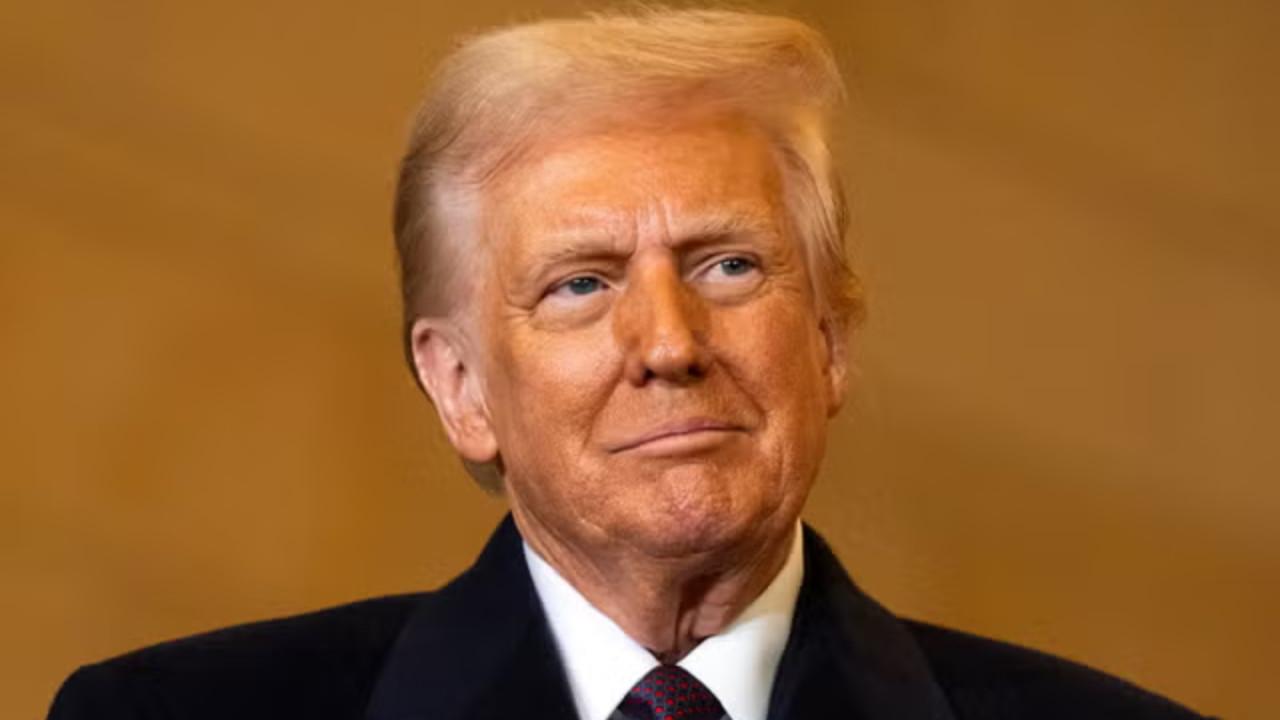U.S. President Donald Trump on Saturday announced that a 30 per cent tariff will be imposed on products coming from the European Union (EU) and Mexico starting August 1, 2025. He made this announcement through a letter on his social media site.
Access to the U.S. Market Becomes More Difficult
This move marks a new tense turn in trade relations between the United States and the European Union, as the EU had long been working toward a comprehensive free trade agreement with the U.S. Now, the 27-member European bloc faces an even tougher path to access the American market.
Earlier this week, Trump had also announced increased tariffs on goods imported from Japan, South Korea, Canada, and Brazil. Along with this, a 50 percent tariff has been imposed on copper. Trump stated that these measures have been taken to protect American industries and increase domestic revenue.
Offer of Zero-Tariff Agreement
Initially, the EU had offered a zero-tariff agreement on industrial goods with the U.S., but even after months of negotiations, no concrete agreement could be reached. While Germany was in favor of a swift agreement, countries like France opposed it, viewing it as a proposal driven by unilateral American terms.
Due to internal disagreements within the EU, it is now possible that they may be forced to enter into an interim agreement while hoping for better terms in the future. Trump's aggressive trade policy has already impacted the U.S. Treasury.
According to the U.S. Department of the Treasury, by June of the current fiscal year, more than $100 billion had been collected in customs duties—reflecting the sharp increase driven by these new tariffs.












